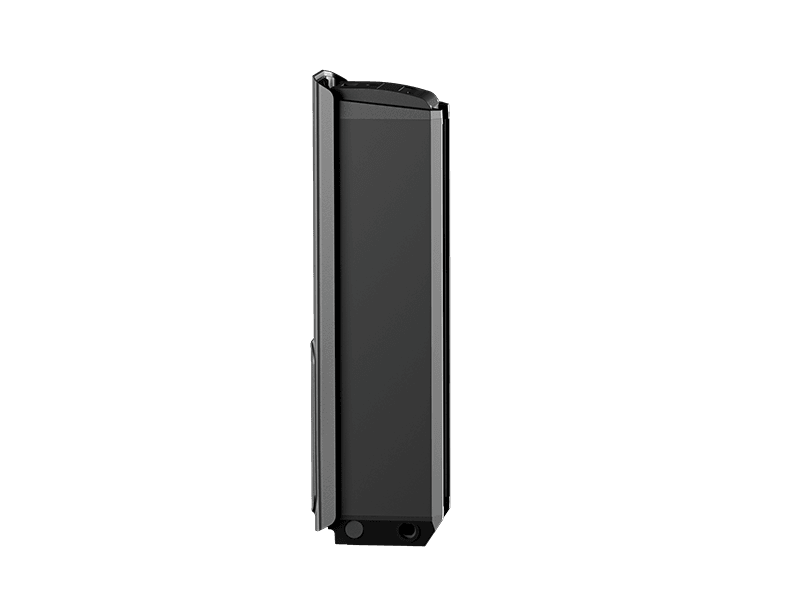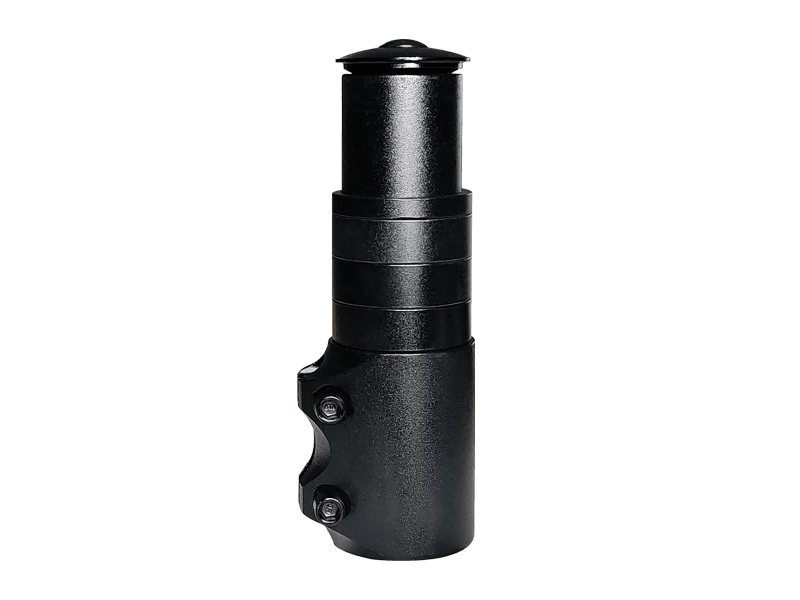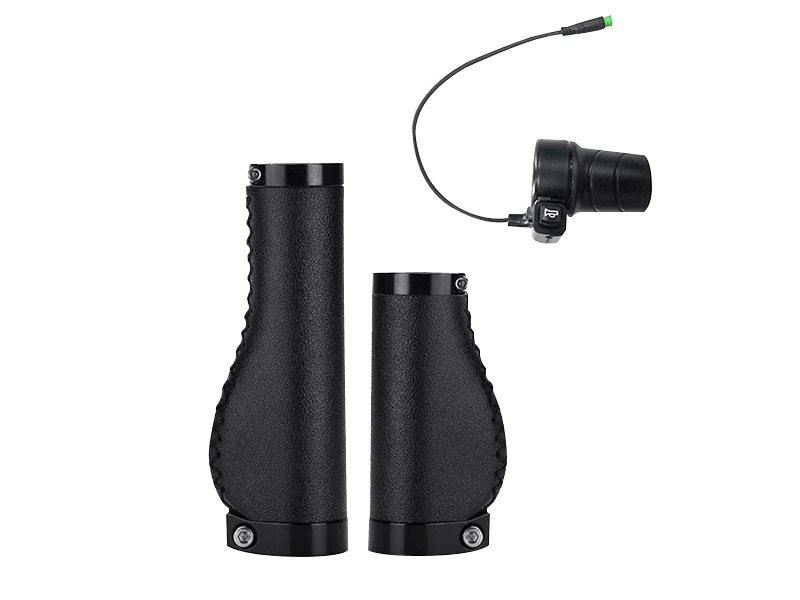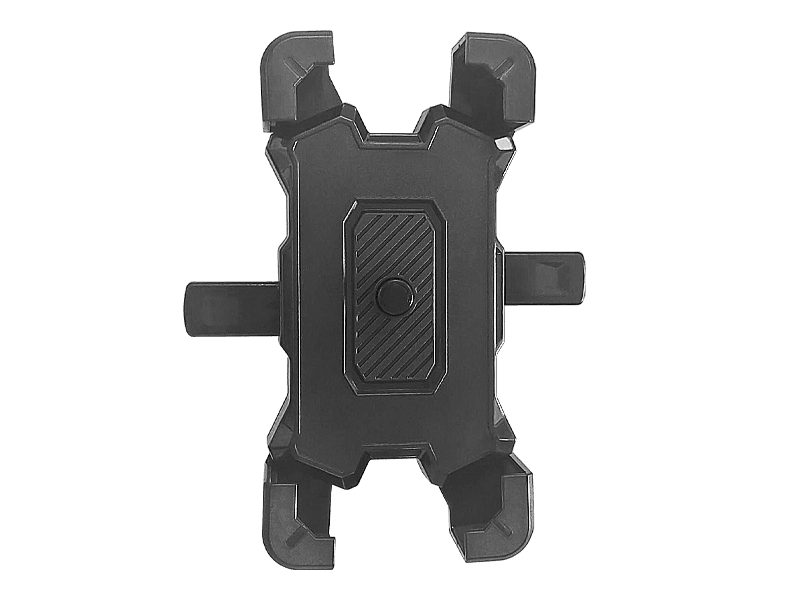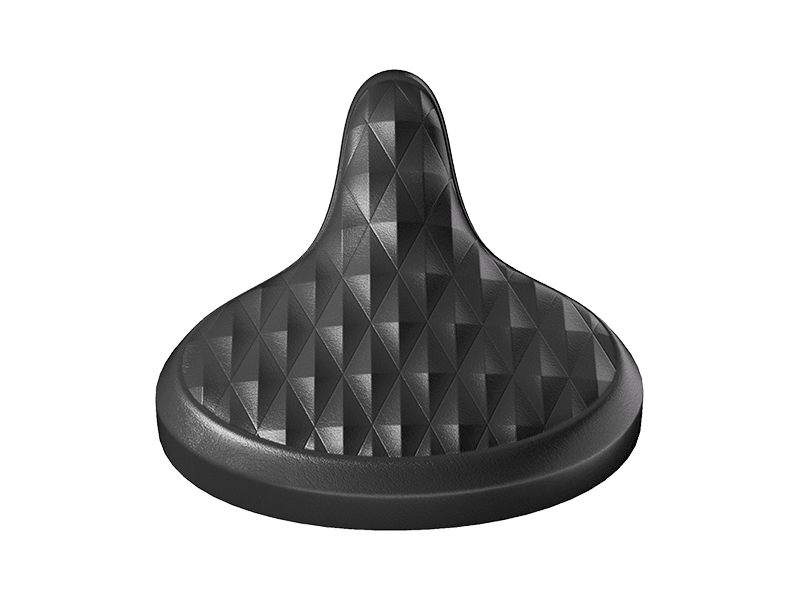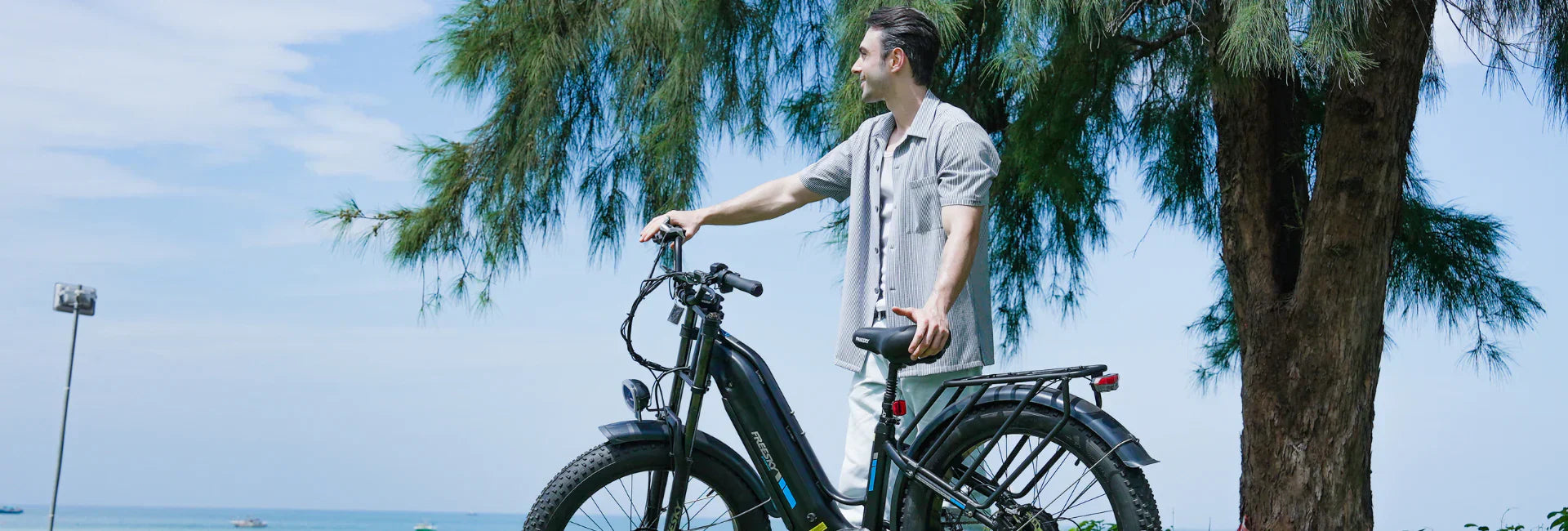Warrior Pro vs. Alaska Pro: How to Choose the Perfect E-Mountain Bike for Your Adventure?
APR 25, 2025
If you’re considering purchasing an electric mountain bike (E-bike) and are torn between the Alaska Pro M-520 and the Warrior Pro M-530, you’re not alone. Both models offer impressive features, performance, and quality, but they’re designed with slightly different riders and riding conditions in mind. Whether you're new to the world of electric bikes or an experienced rider, understanding the key differences between these two models will help you choose the one that best suits your needs.
1. Power & Performance: Dual Battery vs. Dual Motor
Warrior Pro M-530:
The Warrior Pro is all about raw power and performance. Equipped with dual motors, it provides an outstanding amount of torque, making it perfect for challenging terrain and steep inclines. With its 200Nm of combined torque, this bike delivers exceptional climbing capabilities, making it ideal for riders who prioritize power and want to conquer the toughest trails, no matter the gradient.
Alaska Pro M-520:
The Alaska Pro, on the other hand, is powered by a single motor paired with a dual battery system, which focuses more on range than pure performance. With 130Nm of torque, it still offers plenty of power for standard trails, but its primary strength lies in its impressive range of up to 257 kilometers on a single charge. If you’re looking to cover long distances with minimal concern about recharging, the Alaska Pro is the better option.
Which to choose?
-
Choose the Warrior Pro if you’re an adventurous rider looking for the maximum power to handle steep hills, rough terrain, and long off-road rides. The dual motors provide ample performance for any challenging conditions.
-
Choose the Alaska Pro if you want to cover longer distances without needing to charge frequently, especially for all-day rides. Its dual battery system is the perfect solution for long-range riders.
2. Battery Life: How Far Can You Go?
Warrior Pro M-530:
The Warrior Pro comes with a 48V 30Ah SAMSUNG battery, providing a range of 96-152 kilometers on a single charge. This is perfect for most off-road adventures, but depending on the terrain and riding conditions, it may need a recharge for extended trips.
Alaska Pro M-520:
The Alaska Pro, thanks to its dual battery system (48V 41Ah), boasts an impressive 144-257 kilometers range on a single charge. This makes it the ideal choice for riders looking for long-distance adventures or those using their bike for daily commuting without worrying about running out of power.
Which to choose?
-
Choose the Alaska Pro if long range is your priority. Whether you’re commuting or planning long outdoor trips, the dual battery system will give you peace of mind, covering hundreds of kilometers.
-
Choose the Warrior Pro if you’re more focused on power and performance than distance and are okay with recharging after longer rides.
3. Suspension & Comfort: Smooth Ride for Any Terrain
Warrior Pro M-530:
The Warrior Pro features a dual suspension setup with a lockable front hydraulic downhill fork and rear suspension, providing excellent shock absorption on rocky trails and downhill rides. It is designed for riders who need greater control and comfort on rougher terrains.
Alaska Pro M-520:
The Alaska Pro also features dual suspension but with an adjustable front suspension fork for tailored comfort. Its design allows for smoother riding on varying surfaces such as light gravel or paved roads, making it a great option for both off-road and urban commuting.
Which to choose?
-
Choose the Warrior Pro if you plan on tackling rough, rocky trails or downhill paths. Its suspension system will provide maximum comfort and control on challenging surfaces.
-
Choose the Alaska Pro if you prefer a smoother, more adjustable ride for a mix of terrains, whether it’s rough trails or light gravel, and want more comfort on longer rides.
4. Braking System: Stopping Power
Warrior Pro M-530 & Alaska Pro M-520:
Both e-bikes are equipped with 4-piston hydraulic disc brakes, offering exceptional braking control. This powerful brake system ensures rapid and safe stops, even at high speeds or on rough terrains. Whether you're descending a steep slope or navigating challenging off-road trails, the braking system on both models provides smooth and reliable stopping power.
With both the Warrior Pro and Alaska Pro sharing the same 4-piston hydraulic disc brakes, the braking performance is identical across both models, ensuring riders can confidently handle any riding conditions—be it mountainous trails or urban streets. This high-performance braking system delivers the necessary safety and control for adventurous mountain biking as well as commuting in the city.
Which to choose?
-
Whether you choose the Warrior Pro or the Alaska Pro, both come with the same 4-piston hydraulic disc brakes, offering superior braking performance. If you’re looking for an e-bike that can provide quick, efficient stops on rugged terrains or city roads, both options will serve you well, ensuring you stay in control in every riding scenario.
5. Who Should Choose Each Model?
-
Choose the Warrior Pro if:
-
You want a bike that offers maximum power for climbing steep hills and rough terrain.
-
You plan on riding challenging trails or mountainous areas that demand excellent braking and suspension.
-
You prefer a bike with dual motors for the ultimate off-road performance.
-
-
Choose the Alaska Pro if:
-
You’re more focused on long-distance range with minimal worry about charging, ideal for commuters or extended trips.
-
You need a bike with dual battery capability for maximum distance coverage.
-
You want a versatile bike that can handle light off-roading and urban commuting with comfort and efficiency.
-
Conclusion:
Choosing between the Alaska Pro M-520 and Warrior Pro M-530 depends on what you value most: power and performance or range and comfort. If you're an adventure seeker looking for a bike that can handle steep inclines and challenging terrain, the M-530 with its dual motors and advanced suspension is the clear winner. However, if you’re a long-distance rider who needs a bike that can go the extra mile without worrying about battery life, the Alaska Pro with its dual battery system and adjustable suspension will meet your needs.
Whichever model you choose, both the Alaska Pro and Warrior Pro are built to provide you with a reliable, high-performance ride—designed to keep you moving forward, wherever the trail takes you.


